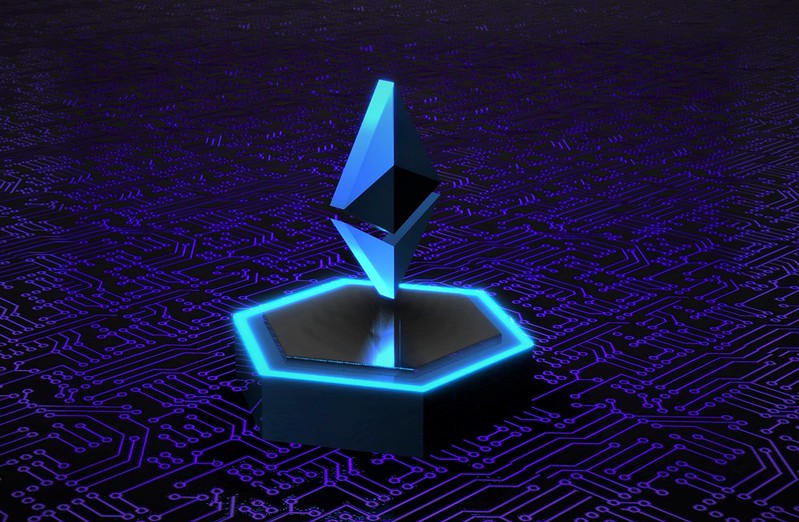
Ethereum Sepolia testnet has successfully upgraded to Shapella, bringing the blockchain one step closer to the highly anticipated Shanghai upgrade. This upgrade, also known as Capella on the consensus layer client side, offers validators the option to return their stake from the Beacon Chain to the execution layer and introduces new features to both layers.
Sepolia testnet has successfully upgraded to Shapella! 🌃
Some of the Prsym validators are offline due to the old geth version. They will come online in the next 10 mins!
Next stop: Goerli pic.twitter.com/pb43Gq7w9C
— terence.eth (@terencechain) February 28, 2023
Shapella Upgrade Allows Validators To Return Staked ETH
A substantial modification in the Shapella upgrade allows validators to retrieve their staked Ether from the Beacon Chain. They can then transfer it back to the execution layer.
This upgrade is not only significant but also represents a crucial step forward in Ethereum’s ongoing efforts to improve the efficiency and scalability of its blockchain network. By incorporating new features and functionalities, the upgrade aims to address various issues that were previously hindering the blockchain’s performance.
The upgrade is anticipated to enhance Ethereum’s competitiveness in the market by improving its speed, security, and cost-effectiveness. In general, experts anticipate that it will introduce significant enhancements to Ethereum’s blockchain.
Shapella” is a unique name that combines “Shanghai” and “Capella,” the brightest star in the northern constellation Auriga. The organizers choose the name to honor Devcon 2’s host city and represent brightness and progress.
Ethereum Developers Phase Out Goerli Testnet
In related news, Ethereum developers have announced the phase-out of the Goerli testnet due to the unusual rise in costs. The native token powering the testnet, gETH, peaked at over $1.60, leading to a market capitalization of as much as $15 million.
Testnet assets being published on price-tracking websites is a sign that something is awry, according to Ethereum engineer Marius van der Wijden.
The intention with all testnets is for them to live for a few years before gradually becoming obsolete, van der Wijden said. After over a year of debates on how to repair the GETH supply, the simplest solution was to let Goerli “slowly die.”
The implementation of the Shanghai fork’s upgrade on the Ethereum Ropsten testnet was successful. Now, the next crucial step is to deploy the upgrade on the Ethereum Goerli testnet.
The developers expect to commence this development in March and upon successfully completing it. They will be ready to go live on the mainnet with the Shanghai fork.
Related Reading | Solana CEO Refutes Allegations That On-Chain Voting Caused Network Disruptions
To ensure a smooth transition and avoid any mishaps, it is critical to test the upgrade on the testnet. This allows for the detection and resolution of any possible issues before deploying the upgrade to the mainnet.
When the Shanghai fork upgrade is launched on the mainnet, Ethereum users will experience improved functionality and features. This will increase efficiency and enhance the user experience.








